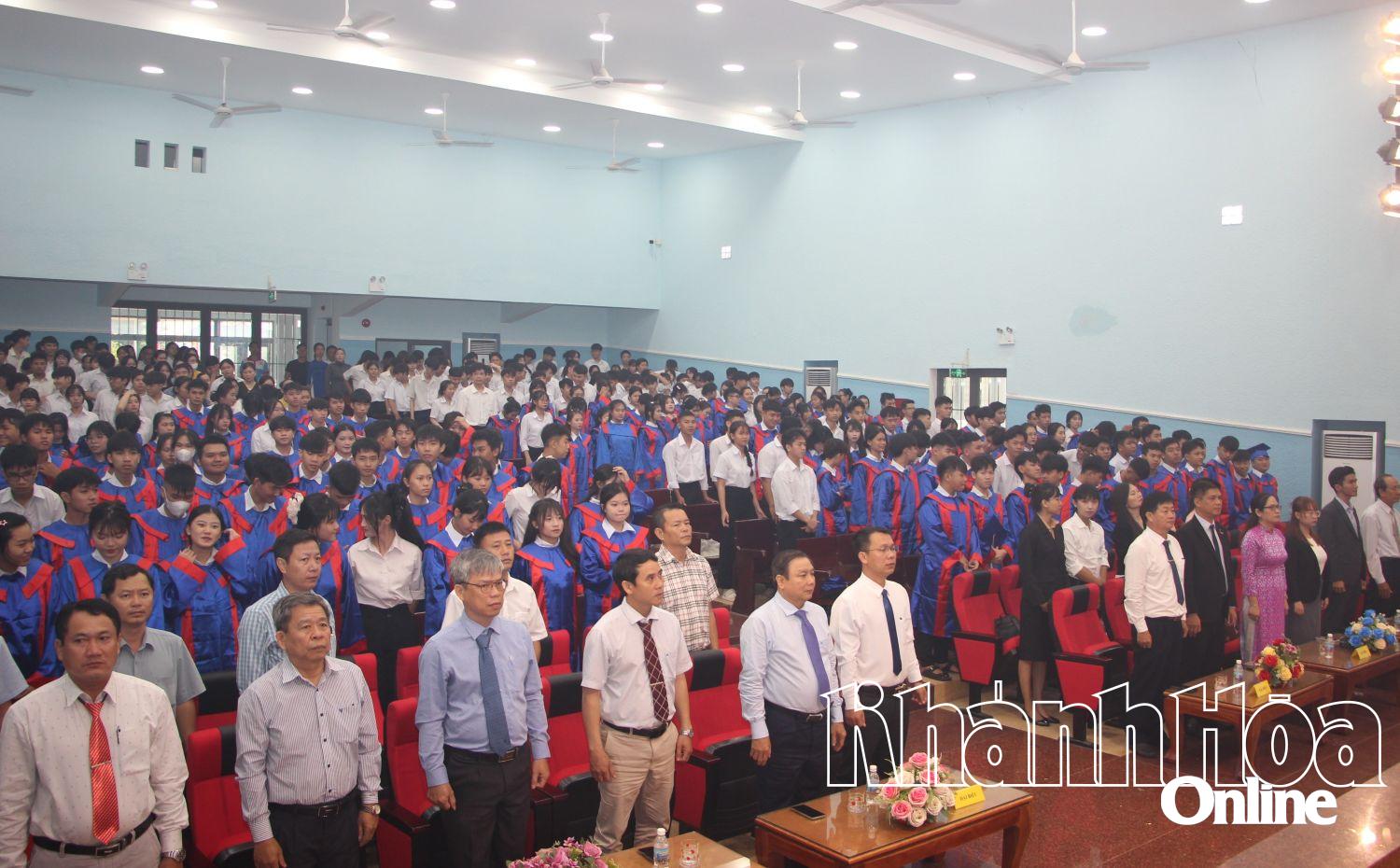Pioneering Shifts Highlight Crucial Market Shifts Impacting Economic Outlooks .
- Fresh Perspectives Emerge as Local news Shapes National Debate on Sustainable Urban Futures
- The Rise of Hyperlocal Reporting
- Community Engagement and Participatory Journalism
- Impact on Local Policy and Governance
- Challenges Facing Hyperlocal News Organizations
- The Role of Data-Driven Journalism in Urban Reporting
- Utilizing Geographic Information Systems (GIS)
- Accessing and Analyzing Public Data Sets
- Ethical Considerations in Data-Driven Journalism
- Sustainable Urban Development and Local News Coverage
- Reporting on Renewable Energy Initiatives
- Investigating Environmental Justice Issues
- Covering Green Infrastructure Projects
- The Future of Local News and Its Impact on National Discourse
Fresh Perspectives Emerge as Local news Shapes National Debate on Sustainable Urban Futures
The evolving landscape of urban development is profoundly impacted by local reporting, which increasingly shapes national discussions regarding sustainable futures. Investigative journalism focusing on city-level initiatives, infrastructure projects, and community concerns provides crucial insights often overlooked by broader national media outlets. This localized attention to detail allows for a more nuanced understanding of the challenges and opportunities inherent in creating truly sustainable urban environments. The role of dedicated local news sources is becoming paramount in driving informed public debate and ultimately influencing policy decisions related to environmental responsibility and equitable urban planning. Understanding how local news coverage influences national narratives is essential in our current climate.
The Rise of Hyperlocal Reporting
A significant trend in contemporary journalism is the rise of hyperlocal reporting. This focuses intently on specific neighborhoods or communities, often through citizen journalism or small, independent news organizations. This granular level of coverage provides a platform for voices that were previously marginalized, offering a more holistic picture of urban life. Hyperlocal reporting often delves into issues such as local zoning laws, community development projects, and environmental concerns directly impacting residents. This type of journalism builds trust within the community and fosters a sense of civic engagement, which are crucial components of sustainable urban development.
Community Engagement and Participatory Journalism
The most effective hyperlocal news outlets actively encourage community engagement. This can take various forms, from inviting residents to contribute stories and photos to hosting town hall meetings and online forums. Participatory journalism empowers citizens to become active participants in the news-gathering process, ensuring that local issues are covered accurately and comprehensively. Moreover, this collaborative approach helps to build a stronger sense of community and shared responsibility for creating a sustainable future. Successful hyperlocal news platforms understand that their role extends beyond simply reporting; it also involves facilitating dialogue and fostering collective action. By amplifying the voices of residents, these platforms can hold local authorities accountable and drive positive change at the grassroots level.
Impact on Local Policy and Governance
Hyperlocal reporting has a demonstrable impact on local policy and governance. When local officials are held accountable through consistent and insightful journalism, they are more likely to act in the best interests of their communities. Investigative reporting can uncover corruption, mismanagement, and questionable decision-making, forcing authorities to address these issues and implement more transparent and equitable policies. Moreover, by highlighting successful initiatives and innovative solutions in other communities, hyperlocal news outlets can inspire local leaders to adopt similar strategies. The existence of a robust local press serves as a crucial check on power, ensuring that governance is responsive to the needs of the people.
Challenges Facing Hyperlocal News Organizations
Despite its importance, hyperlocal reporting faces numerous challenges. Securing sustainable funding is a major hurdle, as traditional advertising revenue streams have declined. Many hyperlocal news outlets rely on a combination of grants, sponsorships, and reader donations to stay afloat. Another challenge is attracting and retaining skilled journalists who are willing to work for lower wages. Overcoming these obstacles requires innovative business models and a commitment to building strong community support. The long-term viability of hyperlocal news depends on the ability of these organizations to demonstrate their value to the communities they serve.
The Role of Data-Driven Journalism in Urban Reporting
Increasingly, sophisticated data analysis is becoming an essential tool for urban journalists. By leveraging data sets related to demographics, crime rates, environmental indicators, and economic trends, reporters can uncover hidden patterns and hold authorities accountable. Data-driven journalism allows for a more rigorous and evidence-based approach to reporting, moving beyond anecdotal evidence to provide a more comprehensive understanding of complex urban issues. This type of reporting can also help to identify areas where interventions are most needed and track the effectiveness of existing policies.
Utilizing Geographic Information Systems (GIS)
Geographic Information Systems (GIS) are particularly valuable for urban journalism. GIS software allows reporters to create maps and visual representations of data, making it easier to identify spatial patterns and trends. For example, GIS can be used to map pollution levels in different neighborhoods, track the spread of disease outbreaks, or visualize disparities in access to essential services. This visual approach to data analysis can be incredibly effective in communicating complex information to the public and driving public awareness of critical issues. Analyzing locations where people are affected is a very important aspect of local news reporting.
Accessing and Analyzing Public Data Sets
A wealth of publicly available data sets can be utilized by urban journalists. Government agencies, non-profit organizations, and research institutions often collect and publish data on a wide range of urban issues. However, accessing and analyzing these data sets can be challenging, requiring specialized skills in data wrangling and statistical analysis. Fortunately, a growing number of tools and resources are available to help journalists overcome these obstacles. These include online data portals, data visualization software, and training workshops. The ability to effectively analyze public data is becoming an increasingly valuable asset for urban reporters.
Ethical Considerations in Data-Driven Journalism
While data-driven journalism offers tremendous potential, it also raises ethical considerations. Journalists must be mindful of protecting the privacy of individuals and avoiding the perpetuation of harmful stereotypes. It is also crucial to acknowledge the limitations of the data and avoid drawing unwarranted conclusions. Transparency is essential – reporters should clearly explain their methodology and data sources to ensure that their reporting is credible and accountable. A responsible approach to data-driven journalism requires a commitment to accuracy, fairness, and ethical principles.
Sustainable Urban Development and Local News Coverage
Local news coverage plays a vital role in promoting sustainable urban development. By highlighting successful initiatives, exposing environmental threats, and holding local officials accountable, journalists can contribute to the creation of more livable, equitable, and resilient cities. A combination of in-depth investigative reporting, community engagement, and data-driven analysis is essential for informing public debate and driving positive change.
Reporting on Renewable Energy Initiatives
The transition to renewable energy is a crucial component of sustainable urban development, and local news outlets can play a key role in covering this process. Reporting on the implementation of solar energy projects, wind farms, and other renewable energy sources can raise public awareness and encourage greater adoption. Journalists can also investigate potential conflicts of interest, assess the environmental impact of these projects, and track the economic benefits they provide. Local news coverage can help to build public support for renewable energy initiatives and accelerate the transition to a cleaner energy future.
Investigating Environmental Justice Issues
Environmental justice recognizes that marginalized communities often bear a disproportionate burden of environmental hazards. Local news outlets can expose these injustices by investigating pollution levels, documenting health disparities, and holding polluters accountable. Reporting on environmental justice issues can empower affected communities to demand action and advocate for more equitable environmental policies. A commitment to environmental justice requires a focus on the voices and experiences of those who are most vulnerable to environmental harm.
Covering Green Infrastructure Projects
Green infrastructure – such as urban forests, parks, and green roofs – provides numerous benefits, including improved air quality, reduced stormwater runoff, and enhanced biodiversity. Local news outlets can highlight the importance of green infrastructure by showcasing successful projects, investigating funding sources, and promoting community involvement. Reporting on green infrastructure can inspire other communities to invest in similar projects and create more sustainable urban environments.
The Future of Local News and Its Impact on National Discourse
The future of local news is uncertain, but its role in shaping national discourse remains critically important. As national media outlets continue to consolidate and focus on broader trends, the need for dedicated local coverage will only increase. Supporting independent news organizations, fostering community engagement, and embracing innovative reporting techniques will be essential for ensuring that local voices are heard and that sustainable urban futures are prioritized. The relationship between local journalists and their communities is the key to positive change.
| Key Sustainability Indicators | Local News Reporting Focus |
|---|---|
| Air Quality Index (AQI) | Investigative reports on pollution sources and mitigation efforts |
| Green Space Ratio (acres/population) | Coverage of park development and urban forestry initiatives |
| Renewable Energy Adoption Rate (%) | Reporting on solar, wind, and other renewable energy projects |
| Water Usage per Capita (gallons/day) | Coverage of water conservation measures and infrastructure improvements |
Here is a list of vital roles local coverage plays:
- Providing a platform for underrepresented voices
- Holding public officials accountable
- Informing citizens about local issues
- Fostering community engagement
- Promoting sustainable urban development
- Investigate environmental injustices
- Report on successful sustainability initiatives
- Analyze data on urban trends
- Highlight the voices of community members
- Expose corruption and mismanagement


























